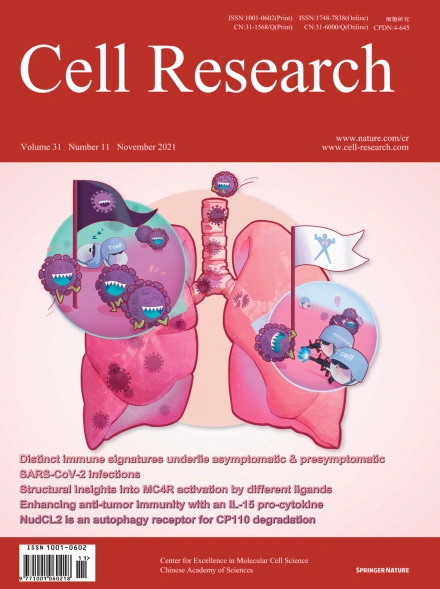
Advanced Search
Submit Manuscript
Advanced Search
Submit Manuscript
Volume 31, No 11, Nov 2021
ISSN: 1001-0602
EISSN: 1748-7838 2018
impact factor 17.848*
(Clarivate Analytics, 2019)
Volume 31 Issue 11, November 2021: 1139-1141
Tracing the origins of SARS-CoV-2: lessons learned from the past
Qihui Wang1,* , Hua Chen2 , Yi Shi1 , Alice C. Hughes3 , William J. Liu4 , Jingkun Jiang5 , George F. Gao1 , Yongbiao Xue2 , Yigang Tong6
1CAS Key Laboratory of Pathogen Microbiology and Immunology, Institute of Microbiology, Chinese Academy of Sciences (CAS), Beijing, ChinaThe origins of severe acute respiratory syndrome coronavirus 2 (SARS-CoV-2) remain elusive; understanding how, when, and where SARS-CoV-2 was transmitted from its natural reservoir to human beings is crucial for preventing future coronavirus outbreaks. With the lessons learned from the endless battle against pathogens and accumulated research data with regard to the origins and intermediate hosts, we present multiple potential locations as the natural reservoirs of SARS-CoV-2.
https://doi.org/10.1038/s41422-021-00575-w